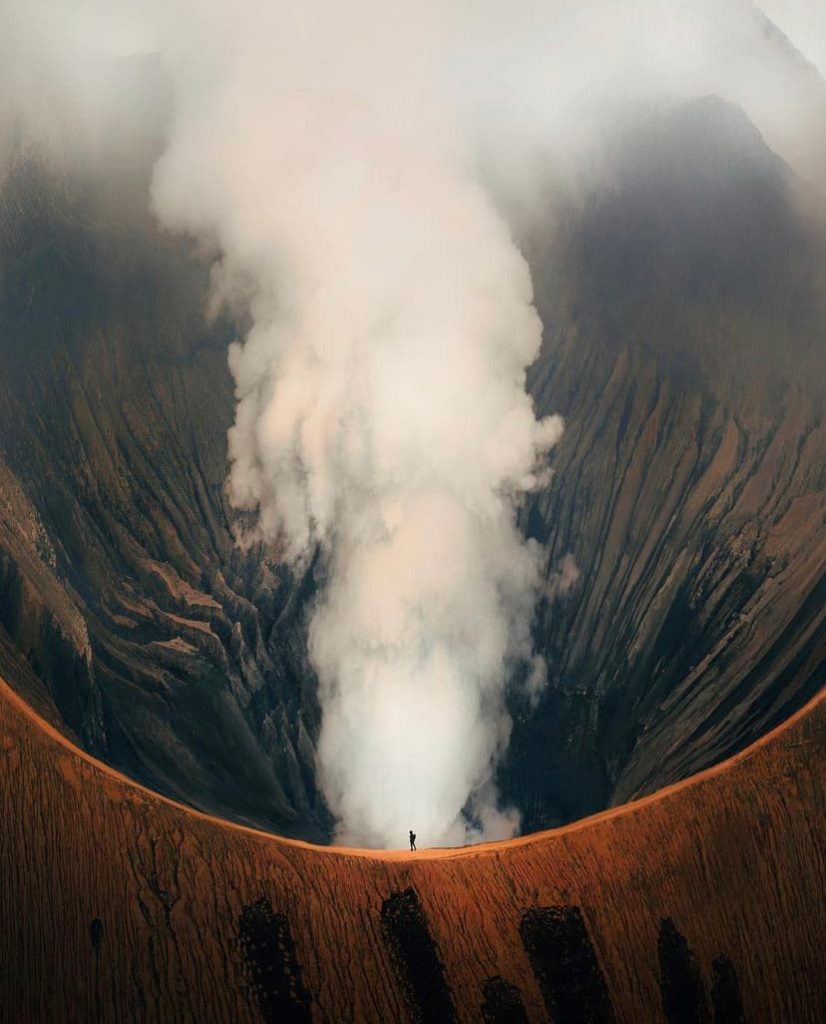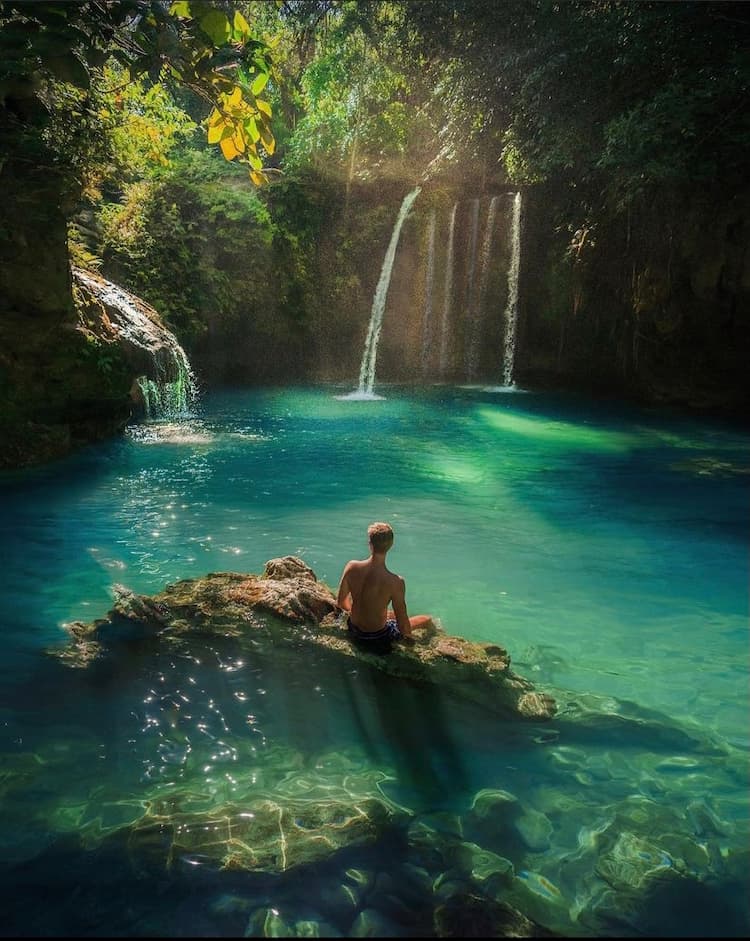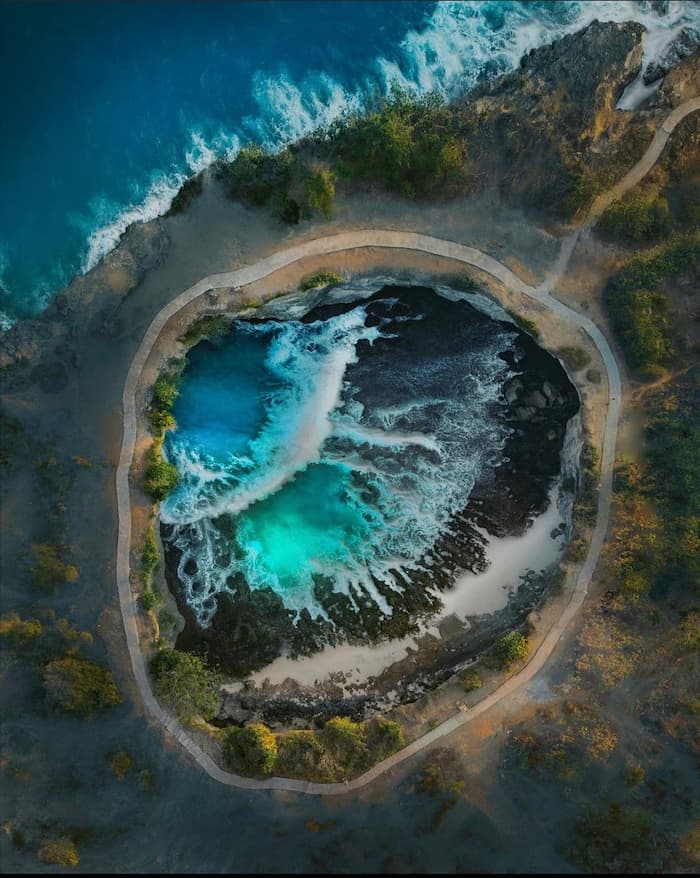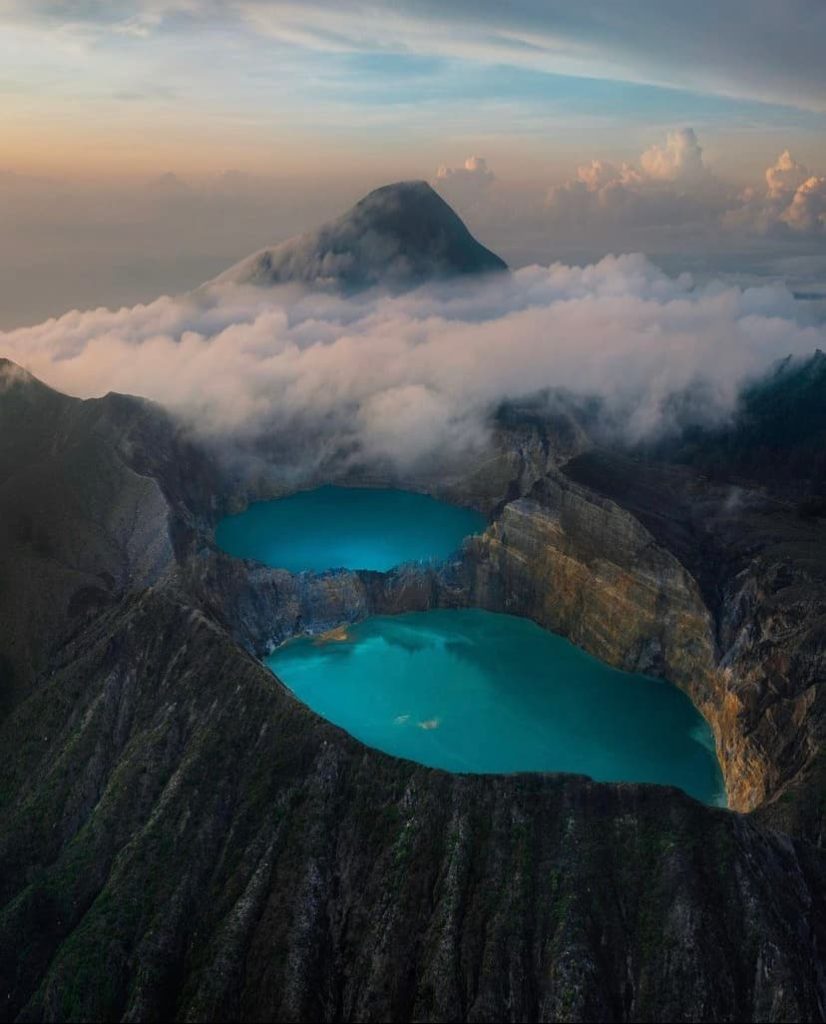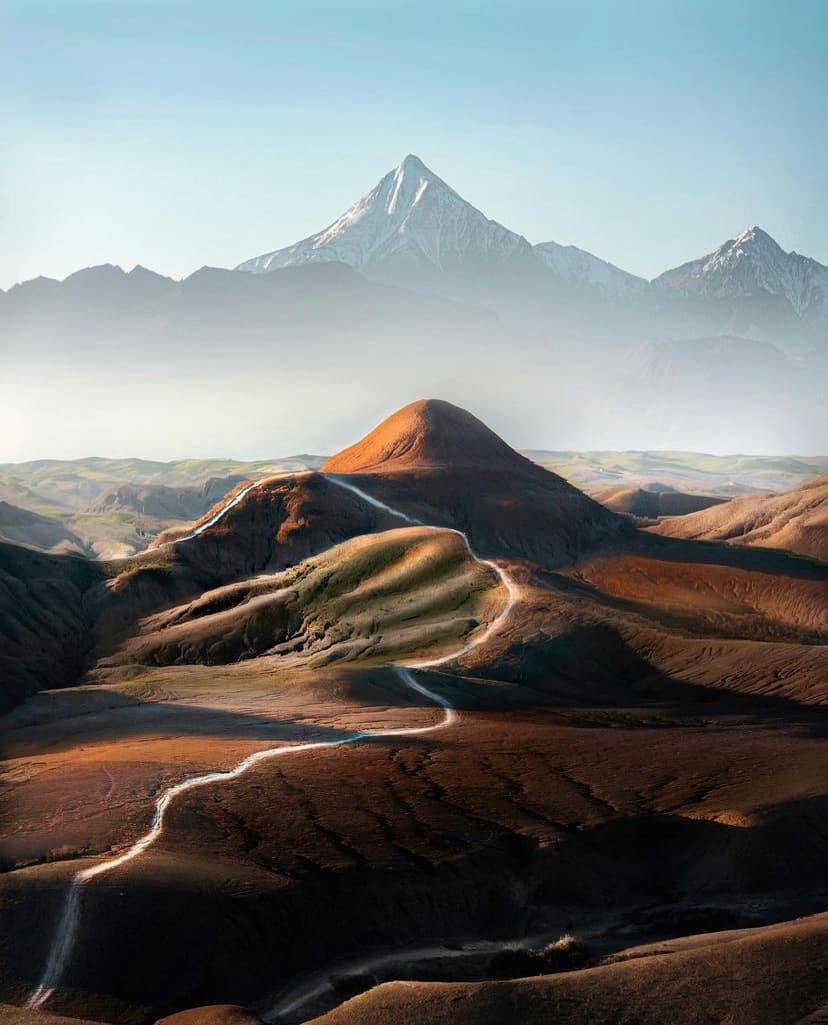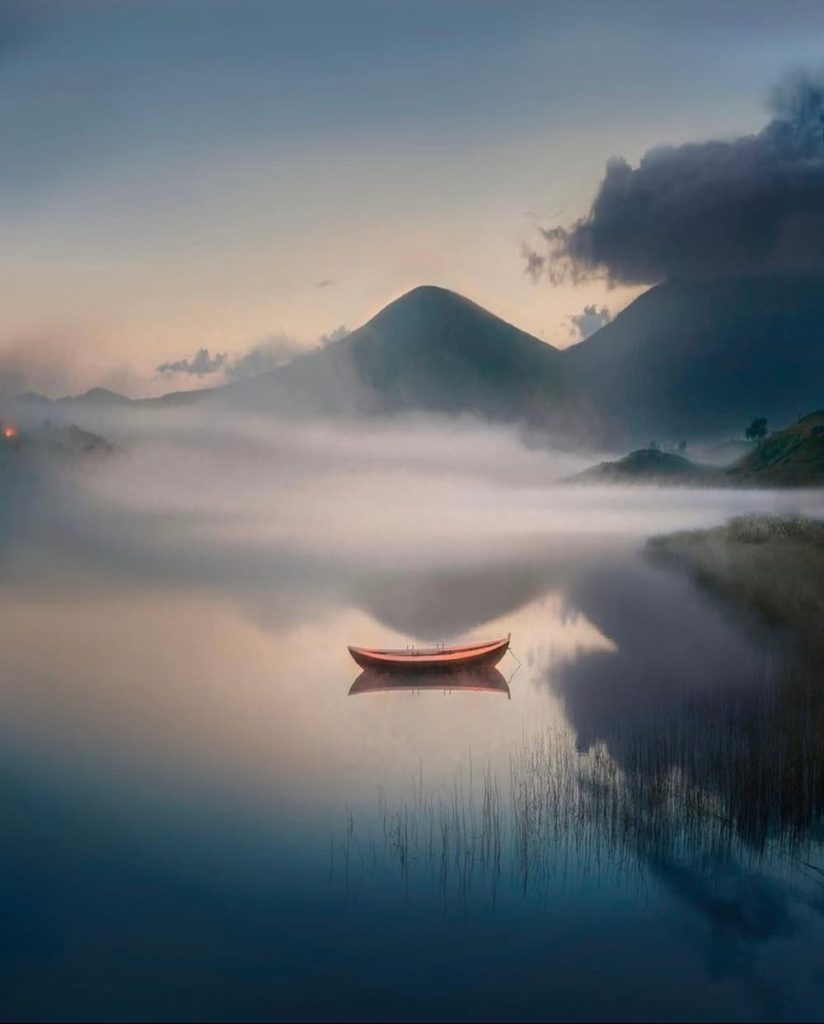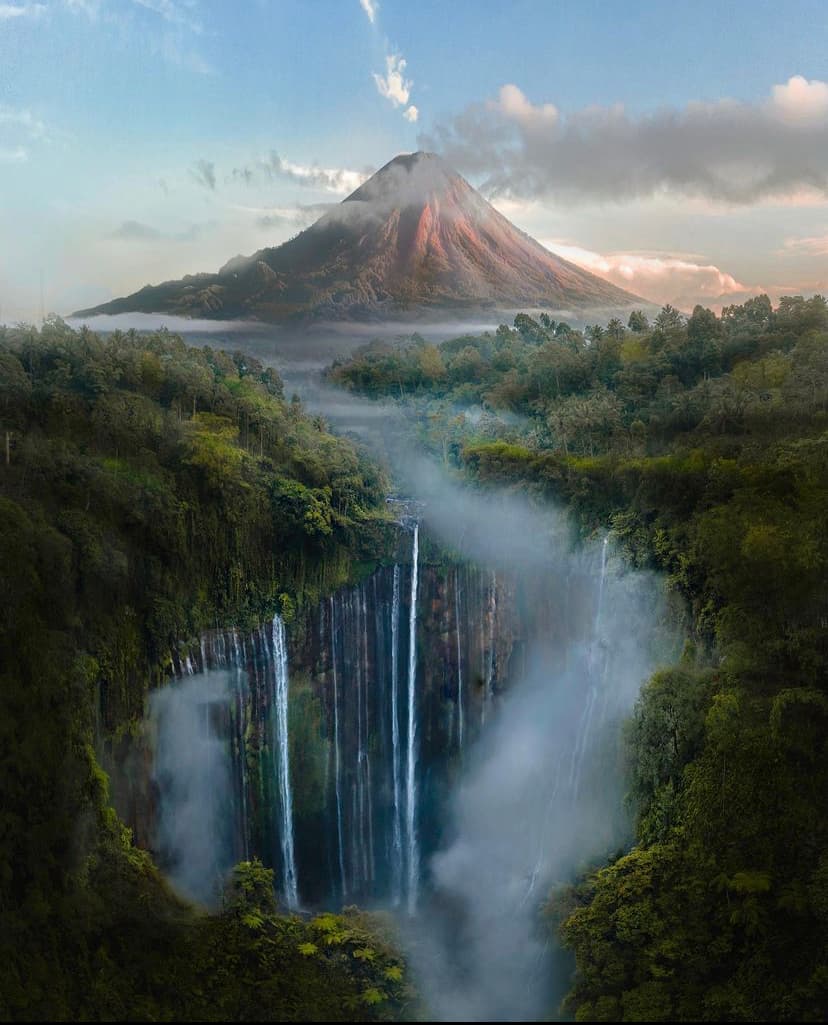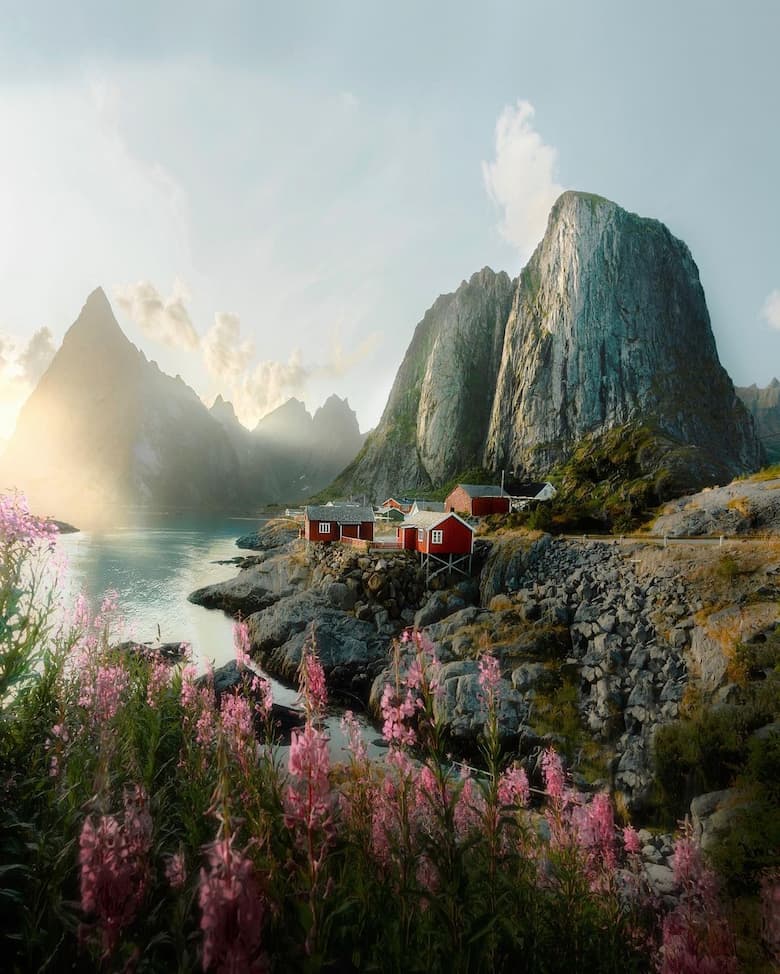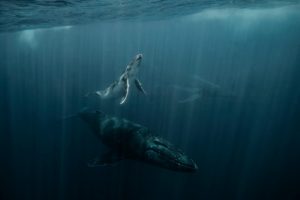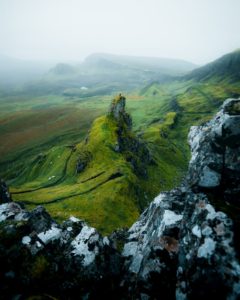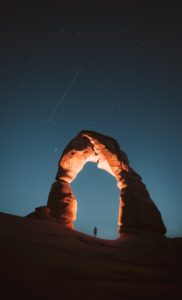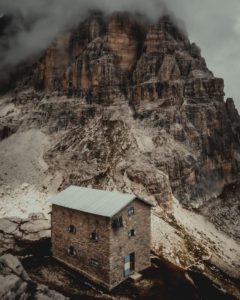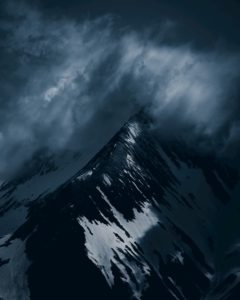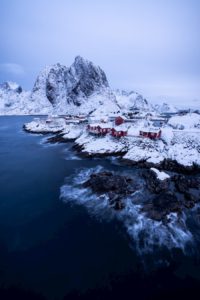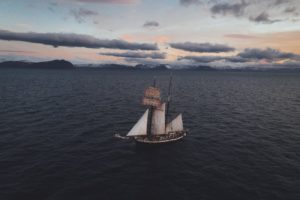
Malthe Zimakoff
@malthezimakoff
Photographer based in Denmark
Introducing Malthe Zimakoff
“…I think I had the realization of my mortality. I should do what I like now, and what inspires me right now. Not just dream of things I could do, somewhere, sometime.” These are the words of Malthe Zimakoff in an interview we did quite some years ago, where he openly shared the unusual story of how his interest in photography started.
After he finished his studies in business, he took action on those words. Malthe left for long-term travel throughout Asia, learned Indonesian, and met wonderful people all the while he kept working on his photography and thinking about what kind of photography made him happy. Malthe grew up learning that attempting to find your own weird little way of making an income is just as valid a career as following the traditional path to a 9 to 5 job. And so he pursued his dream. Where he’s at now, he says, “is a result of passionate effort over time – there is no magical recipe for creative success.”
In this interview, Malthe talks about one of the challenging aspects of launching yourself as a freelancer in the photography industry: personal branding. He never enjoyed trying to get the attention as he preferred the creative process itself, but he’s learned that it is necessary to continuously put yourself out there, present yourself and your work, reach out to people even after many rejections, and change the definition of “failure”. You can do what you love, but there are still aspects where you need to face discomfort to be able to obtain the level of excellence you wish to achieve.
Malthe touches upon more themes that helped him grow only after realizing what did not work through experience, such as the importance of the preparation work before the actual photo is taken, the creation of a portfolio, and how to deal with perfectionism. One of the tips that Malthe gave was: “Be persistent and keep believing in yourself, everyone will experience a dry spell.”
We also spoke with Malthe about editing, the photos he’s most proud of, and his company Øjeblik, the Danish word for “a moment in time”, which he founded together with Daniel Jensen.
Interview
Welcome Malthe, again! We did an interview with you quite some time ago, where you openly shared the unusual story of how your interest in photography started. You were just finished your studies in business and project management back then. What has happened since? Where are you up to now?
Since I finished my studies I have been exploring my dream of full time travel photography. I purchased a one way ticket back in 2018 towards Asia and first really returned to live in Copenhagen again at the end of 2019.
It was one of those journeys where now that I look back, the biggest gift was meeting so many passionate and interesting people along the way. Learning from them, learning from other cultures and learning to be open minded and push some personal boundaries. As much as it was a photographic and creative journey it was a personal one.
"Many months I just earned about enough money for the upcoming expenses."
I was based in Bali but joined a lot of amazing people on their journeys to the Philippines, India, Fiji, Japan, Thailand and all over Indonesia. I learned Indonesian, and then I met even more openhearted and welcoming people.
All the while I kept working hours and hours on my photography and thinking about what kind of photography made me happy to work with.
Luckily this journey was just before covid-19, looking back at that now makes me realise how much luck is part of creative journeys. There’s no magical recipe for creative success. It’s a result of passionate effort over time. Then luck usually finds its way.
Becoming a full-time freelancer is not an easy path to follow. What were the tipping points along your journey that made you realize you would rather freelance than work a fixed job, and that you were able to do it? What did you consider before taking this path?
I’ve grown up with both parents working as authors. It always felt natural that attempting to find your own weird little way of making an income is just as valid a career as following the traditional path to a 9 to 5 job.
And then I was attracted to the idea of learning the things I am passionate about. I am really a big nerd, so I love having the freedom to study a specific topic endlessly. But I also love having the freedom to switch between topics I might feel inspired by on a day. I think it’s easier for me to design a job that makes me happy and stimulated than for someone else to attempt to do so for me.
It’s those few times early in my career where I realized the different things that can lead you to get paid. It doesn’t matter if it was 50 dollars. It was the fact that if some money could be earned, then why not more?
"I don’t feel that I ever considered not taking the path, as long as there is learning and fun I feel there is a reason to pursue any career path."
What would be the lessons you would have loved to know before launching yourself into the world of being a freelancer? What were/are the biggest challenges as a full-time freelancer and how did you learn to deal with those?
That no one notices you if you don’t put yourself out there. I went for way too long focusing 100% of my energy on my work, never doing anything to self-promote or connect with others. The same goes for your first networks and jobs. You need to keep throwing yourself out there for a longer period of time before you can expect that anything comes back your way. That goes especially for the dream jobs and projects. They will not just come to you one day. You will have to create it yourself or seek it out persistently.
I think I struggled a lot with this, and I never really enjoyed the process of trying to gather attention around my work, since I preferred the process of being creative. But I’ve come to realize that I can’t sit here being unhappy if things don’t come my way if I don’t at least try to reach out to the people and the jobs I am hoping to get.
"And even when you are successful and jobs come your way, you still have to keep doing it or you will stagnate. That is one of the tougher realities about being a freelancer."
So said shortly I wish I knew earlier that it is perfectly NORMAL in any field or industry to send out 100-200 emails and get one positive reply back. So I would have told myself to go out and learn to fail quicker and more often. To allow me to be vulnerable in that sense. Nowadays I only take failures lightly and try to learn from them. I seek out situations where I might fail because I know it will push me further than if I stay in my comfort zone.
Meanwhile, you worked on numerous projects, whether film or photography. What is the project that you enjoyed most working on so far or the project that you learned from the most? What made that project so nice/instructive?
I’ve learned different things from different jobs, but often the learnings are related to some detail I hadn’t expected beforehand. I’ve learned that good photography is much more what happens before the photo than in the very moment.
That’s something I’ve learned through the immense disappointment I felt after I came to Bali and traveled around to “touristy photo spots”. For the first two months, I hadn’t shot a single photo I was happy with. And even trying my best to edit for 10 hours with the photos, I just wasn’t at all happy. I couldn’t figure out why. I realized that I was not putting myself into the photo, I was just going from place to place, doing what was expected from a group of tourists. I realized that for me good photography was a juxtaposition to tourism. A tourist always thinks, what is the most convenient way to travel? Follow the main road, travel in good weather & stay comfortable. I had to start doing the opposite.
Doing what everyone else does is tough because you enter into some odd popularity contest. I started working with the drone because it allowed me to search out odd compositions and new subjects. My favorite photos are always the ones that have some kind of novelty to them. Not because it’s better or exciting to find a new place, but simply because it forces people to take the actual work into consideration instead of comparing it to some other photo.
Sometimes some of the jobs I’ve enjoyed the most have been the least instructive and useful in terms of learning. But I guess that isn’t surprising since it’s through struggle that we learn the most.
My jobs traveling the world have taught me that many things are possible if you put a lot of focused work into getting there.
"Some of the more corporate work like the commercial movies I’ve made after the COVID-19 pandemic forced me to think in new directions."
It has taught me to diversify my portfolio of work when working independently. The time just after the pandemic was really tough since 99% of my work disappeared overnight. I spent a lot of time thinking about whether I should just call it quits and get a “normal job”. Instead, I looked at the skills I had learned traveling and thought of how I could convert that into do-able jobs back home. The journey might not be as romantic, but it has been such a good & meaningful learning experience.
To find projects and gigs, presenting yourself, and creating a strong brand is key. Could you share with us the four most effective strategies or actions when it comes to finding clients and closing deals?
1) Think simplistically. I would share all my portfolios and try to portray different skills to potentially grasp the attention of different types of jobs. Well, it turns out that doesn’t work. Instead, if you want jobs with a drone: post a drone reel. Make it super obvious what your goal is to the client.
2) Make yourself specialized. And communicate that clearly. Be it the way you work, your style or the equipment you use. It’s easier than competing with everyone.
3) Be persistent and keep believing in yourself. Everyone will experience a dry spell, it’s important not to extrapolate and suddenly think you will never land a client again. Because it happens to everyone, even when you have an upgoing trend.
4) Throw yourself out there and stuff will happen. Most people are held back by their own perfectionism. I know I was, and have been. But it’s unhealthy to think “my next video will be the one that succeeds”. Or that something has to be “perfect” before you share it with the world.
In one of your captions on Instagram, you said: “A favorite passion of mine is chasing beautiful lighting conditions.” How do you go about that? What do you do to find the best light? And also, how do you make sure to capture it properly?
I’m obsessed with foggy morning light. It can transform places, to make you feel like you’ve entered another world. I love when it falls from an angle towards my subject, so no backlighting for landscapes. When the lighting is perfect, in those short moments. I just shoot everything that inspires me, and most things will look good because the conditions are perfect. It can be quite an intense feeling and I’m usually in my zone of 100% focus.
Related to the previous question, could you share with us three images you are really proud of? What is the background story of these photos and what makes you feel proud of these ones in particular?
Serene midnight sunset in Lofoten, Norway
This photo is just one of those unplanned ones that I noticed at 23pm out of a car window while driving by. I saw this picture of a boat in my mind, and asked my friend if he could pull the car over. It’s one of those situations where everyone’s tired so I almost just didn’t say anything. But because I trusted my gut feeling this picture happened. It’s one of my favorites.
Tumpak Sewu, Indonesia
It’s just that one picture that when I posted it for the first time, it created so much buzz that it was a game changer. I love the scenery and it’s a good memory of discovery. Back then EVERYONE thought it was fake.
The Chocolate hills, Philippines
The reason I chose this one is that it was one of those days where everything goes against you. The weather sucked. You couldn’t see anything anywhere. Just completely overcast. But instead of giving up I put my drone up and flew through the clouds looking for an opening. Then this picture happened during the 10-15 seconds hole in the clouds. Such an intense situation.
We are curious about your editing process/style. And I am sure our readers would love to learn about it! Would you like to share one before/after and explain your editing process/workflow using the b/a as an example?
We are currently working on a lot of educational material with Øjeblik! So maybe we could do something more extensive then, but for today, let’s give an example of how I love to recover colors and light through the RAW controls in Lightroom. This was mainly accomplished by using lots and lots of local radial and gradient filters in Lightroom and making temperature and exposure adjustments. For instance, a filter on the boat that increases purple tint and warm temperature to bring out the vibrant red, while retaining the blue colors in the rest of the photo. The main strategy here is to pull the colors from the image instead of trying to add one artificially through simply adding a color or a color filter. At the same time, I am trying to tell a story, and it’s important that our eyes are led through that story inside the photo. So naturally, the first thing we need to look at is the boat. So I want that area to be more bright and vibrant while trying to maintain a somewhat natural balance in the entire photo.
At the same time, I used data from this horizontal image of the same landscape to add even more details and depth to the 4:5 portrait version. It’s a cool trick to do when you have a scene that has a lot of layers and details on horizontal lines:
Move RIGHT or LEFT to compare
You founded “Øjeblik” together with a friend of yours, with the idea of creating a platform for creators who are interested in the classic, natural filmic and cinematic looks for their photos and videos. Can you tell us a little more about your vision and goal with this project?
Øjeblik is the Danish word for “a moment in time” and is directly translated to “eyesight”. With the project, Daniel Jensen and I want to push everything we know to create educational and practical tools around the things we love to do. Both from guides to physical workshops! You can see the newest things we are working on with it on Ojeblik.co 🙂
Would you like content like this sent to your inbox?
